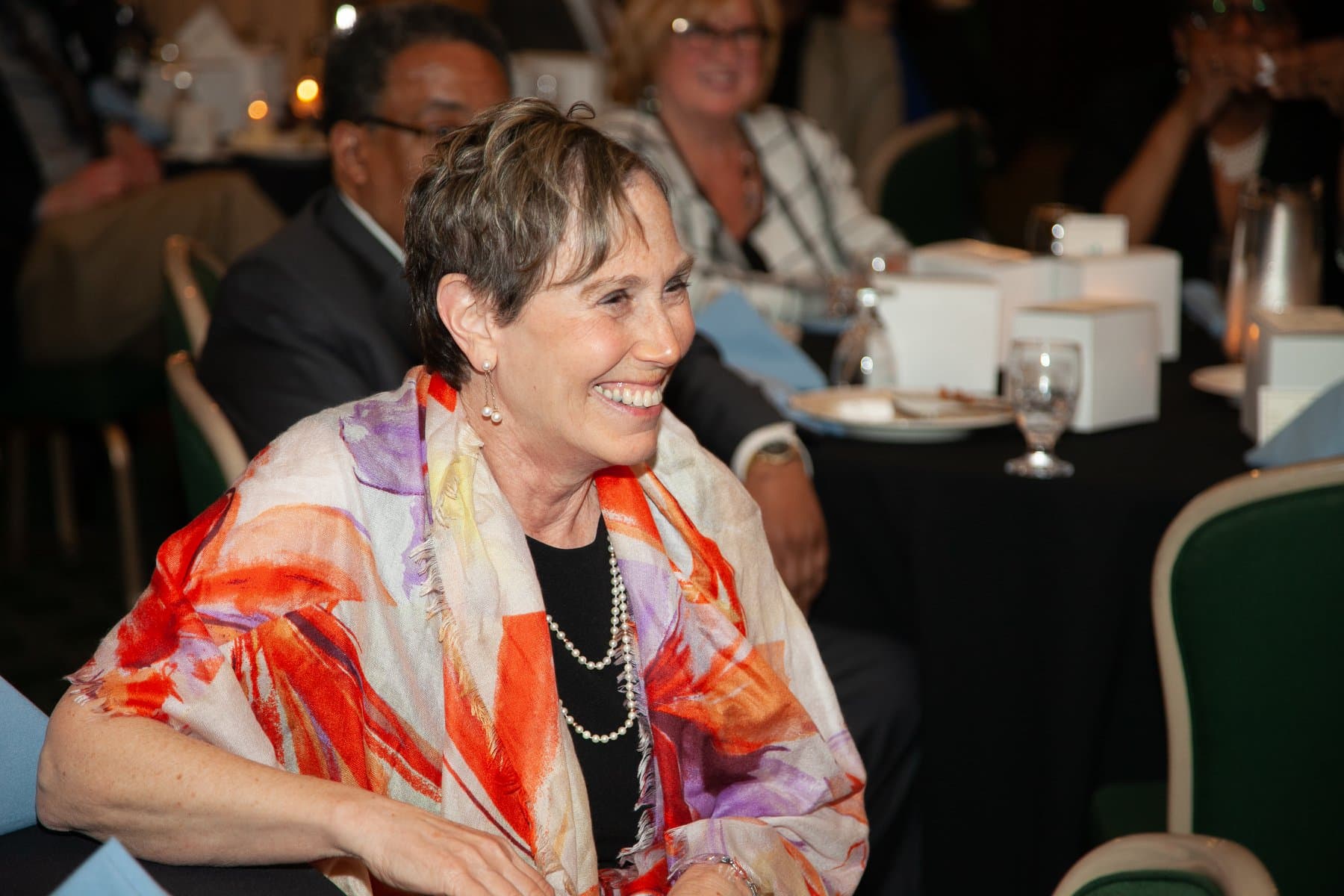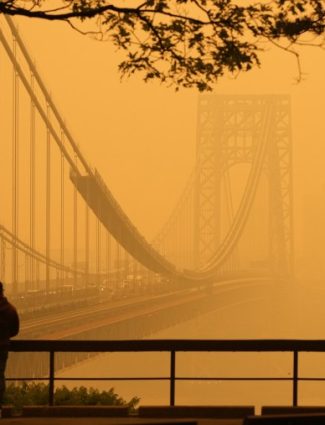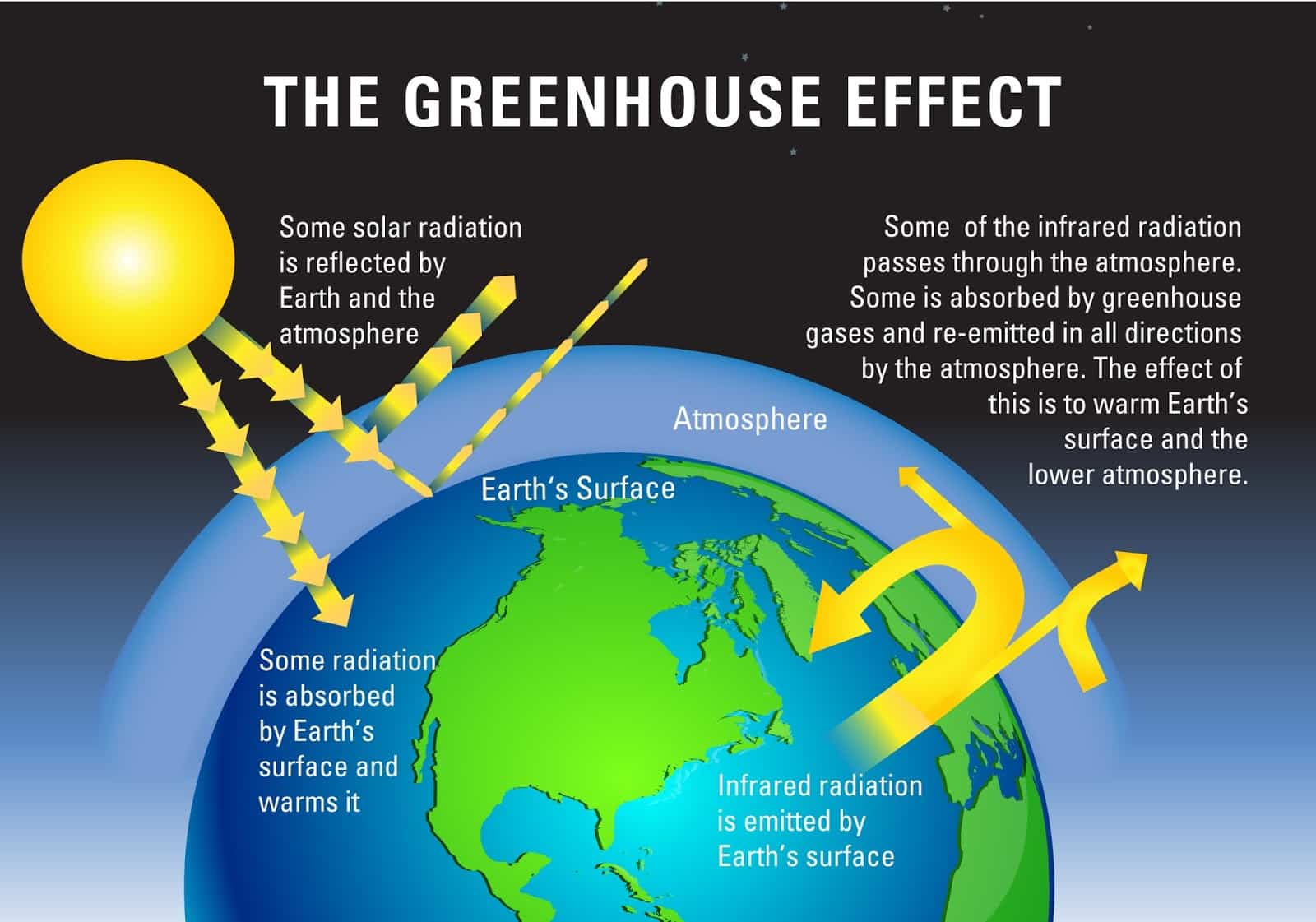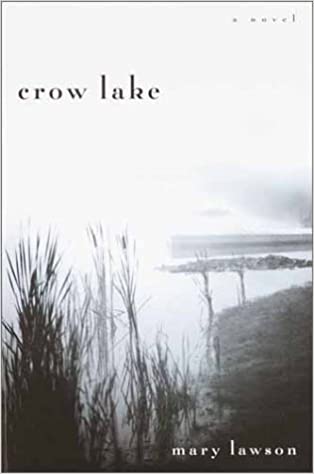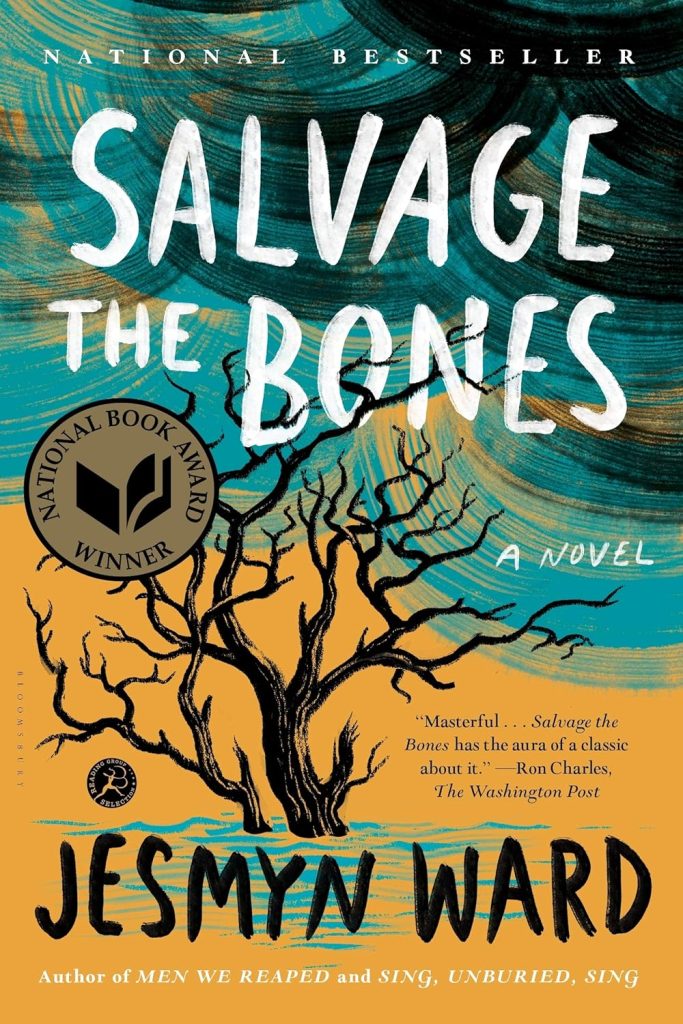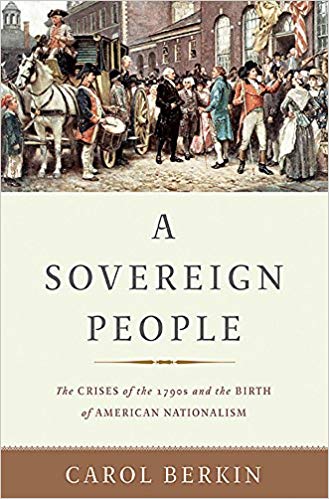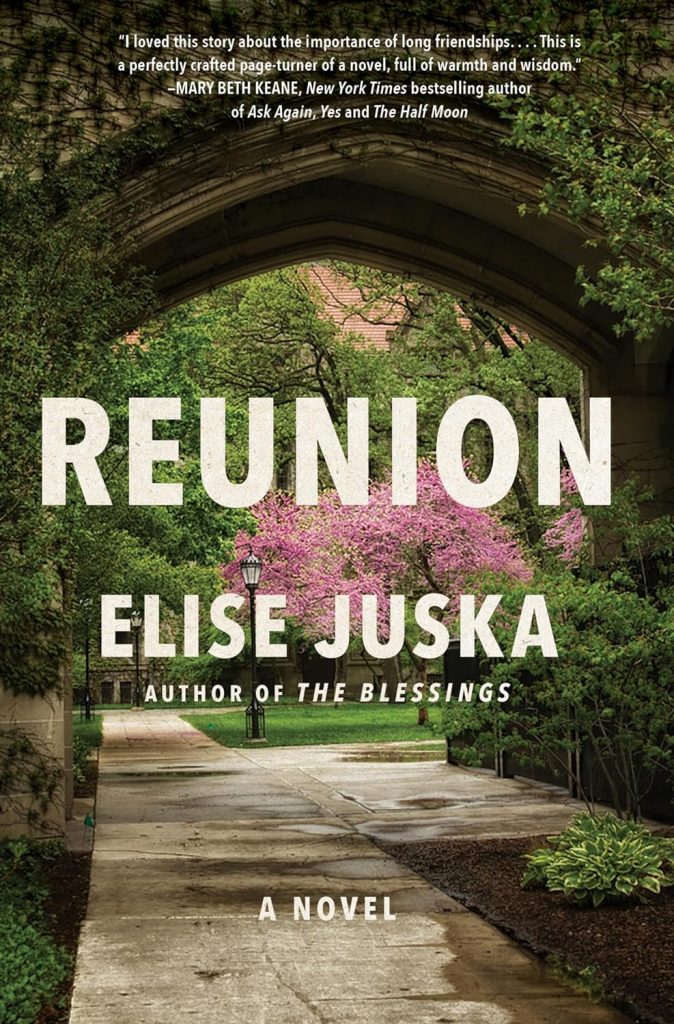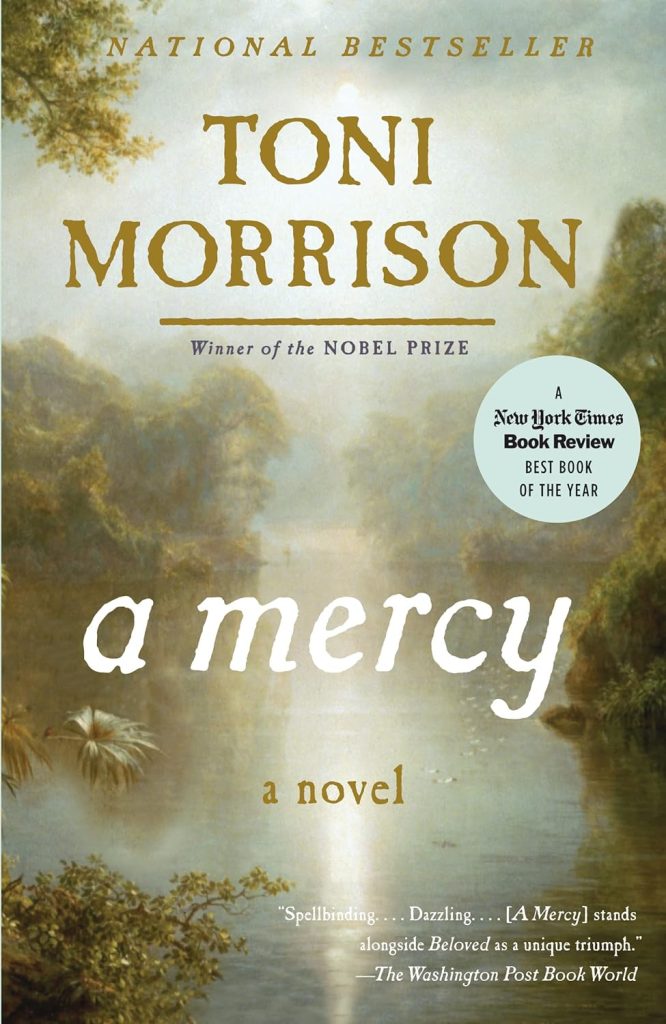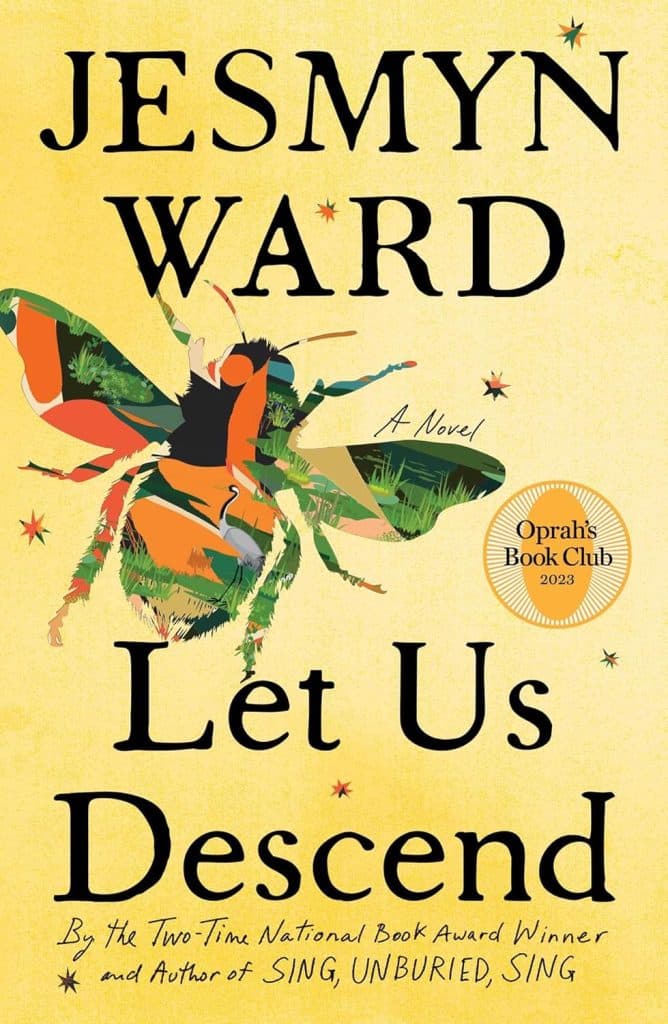
The Times They Are Changing
New Interactive Map Documents Climate Changes on a Local Level
Estimated reading time: 1 minute, 23 secondsIn 2012, after an 11-year gap, the USDA released an updated plant hardiness map, classifying Cranford, N.J., where I live, as Zone 7a, with an average coldest winter temperature between 0 and 5 degrees Fahrenheit. In 2023, Cranford is still rated as Zone 7a, indicating no change in the zone. However, Cranford’s new 30-year minimum temperature average was 3.3º F warmer than the previous average from 1976 to 2005, showing a noticeable increase in winter temperatures.
After an 11-year gap, the USDA released an updated plant hardiness map, providing valuable information for gardeners. This update could expand the range of plants grown in your region. However, it’s crucial to understand the map’s limitations before making any new plant purchases. NPR has created an interactive map to help you find local town data, further empowering your plant cultivation journey.
The interactive hardiness map is not just a tool for understanding plant cultivation but also an essential resource for comprehending the impact of climate change. The newly updated data, significant in its own right, could open up opportunities for a wider variety of plants to be grown in revised regions. However, exercising caution and responsibility by understanding the map’s limitations is equally crucial before purchasing any new plant.
Determining your town’s hardiness zone is based on numbers representing an average of the coldest yearly temperature in the area over the past 30 years. These zone measurements are valuable, mainly when cultivating perennials or plants that require survival through winter to return in the following spring season. However, it’s crucial to remember that while the hardiness map is a great starting point, additional guidance is necessary to ensure successful plant cultivation and avoid potential pitfalls.
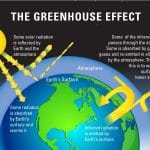
When Did I Last Wear My Winter Parka?
New Interactive Map Documents Climate Changes on a Local Level
Estimated reading time: 1 minute, 23 secondsBefore Jan was diagnosed with Lymphoma, she was concerned about my need for a new down parka. The changes in the weather were noticeable—Cranford’s new 30-year minimum temperature average was 3.3º F warmer than the previous average from 1976 to 2005. Last year, I bought an L.L. Bean coat they described as suitable for early spring and late autumn but not for winter’s coldest days and nights. I noticed my old parka when I washed and put the new coat in the closet. When did I last wear it? Was it in 2015?
